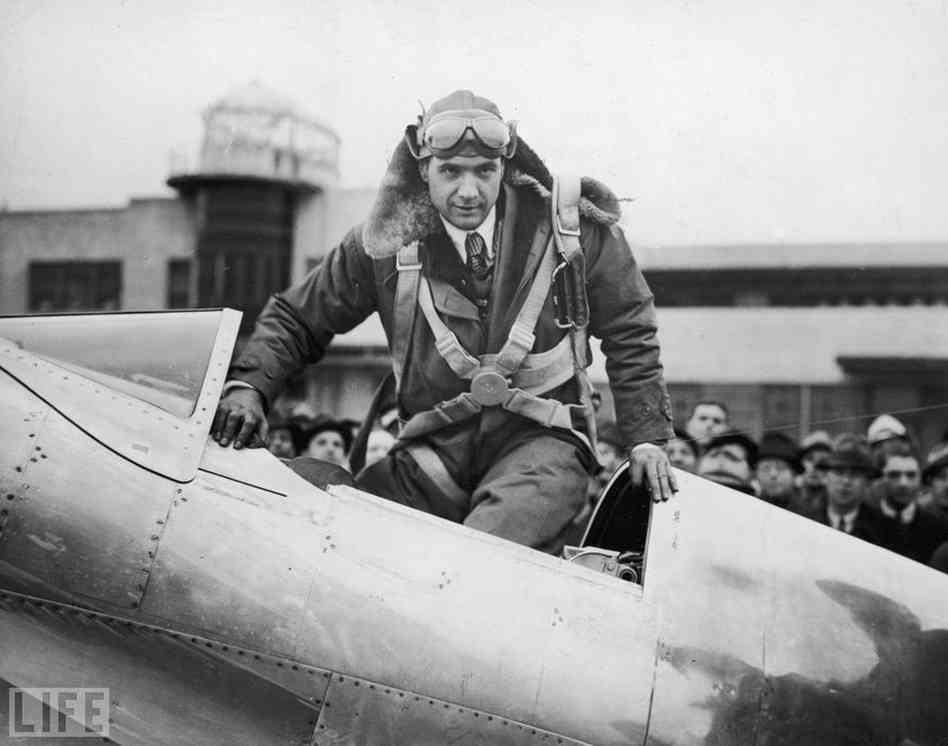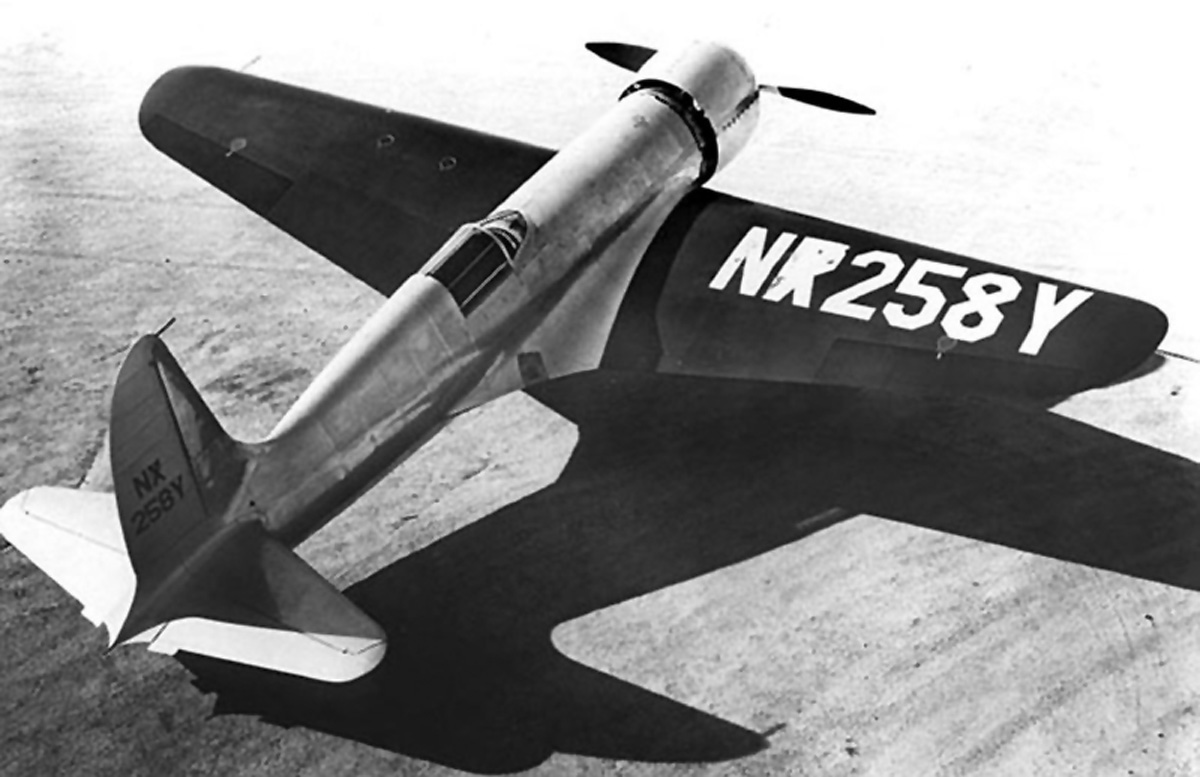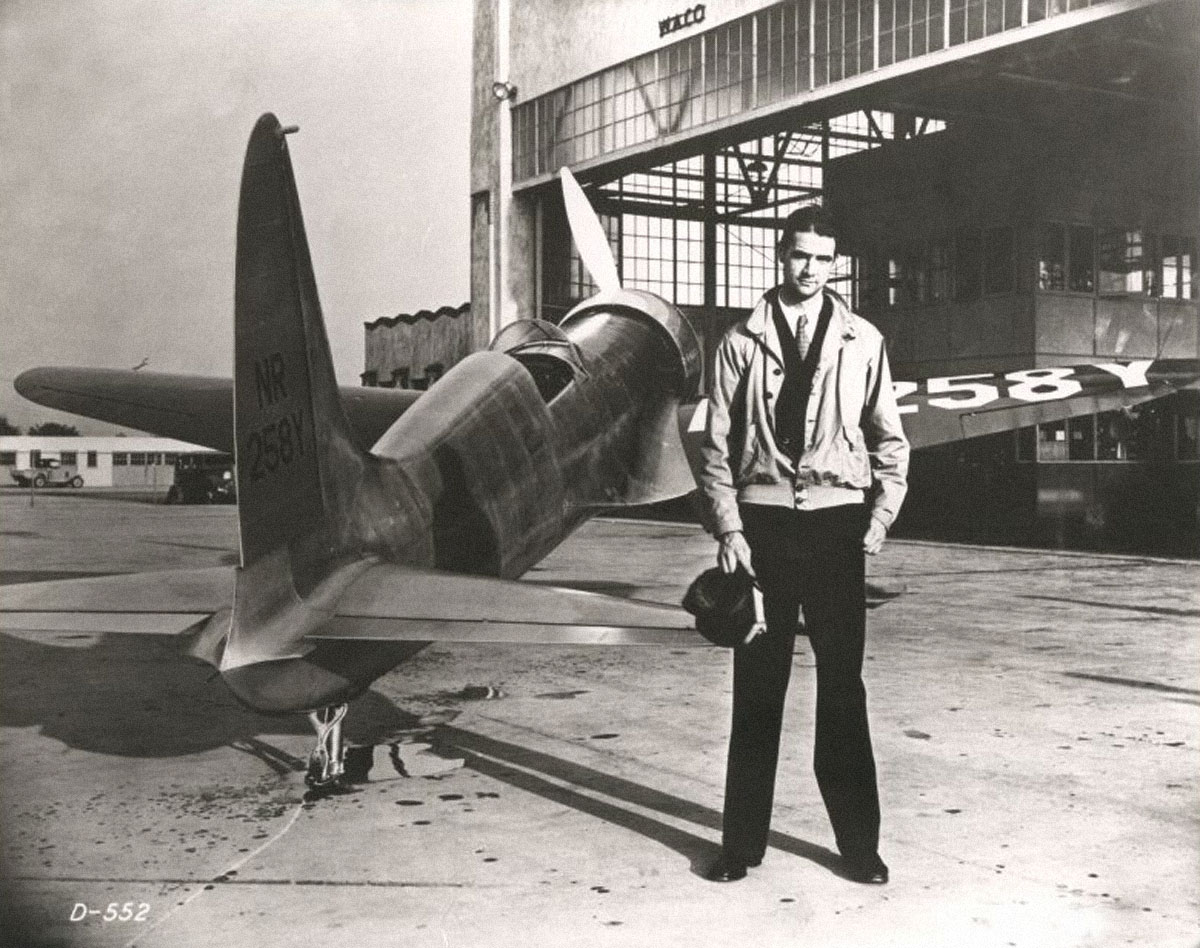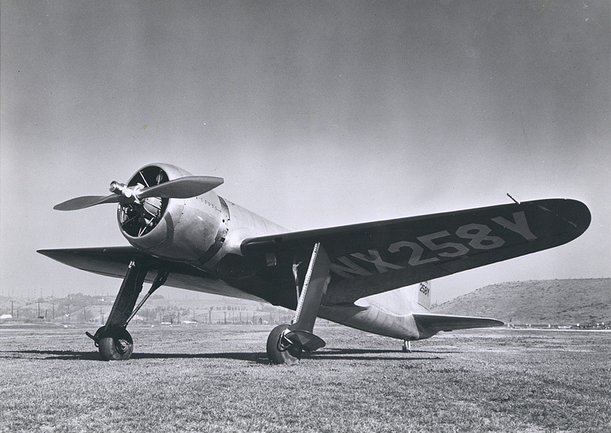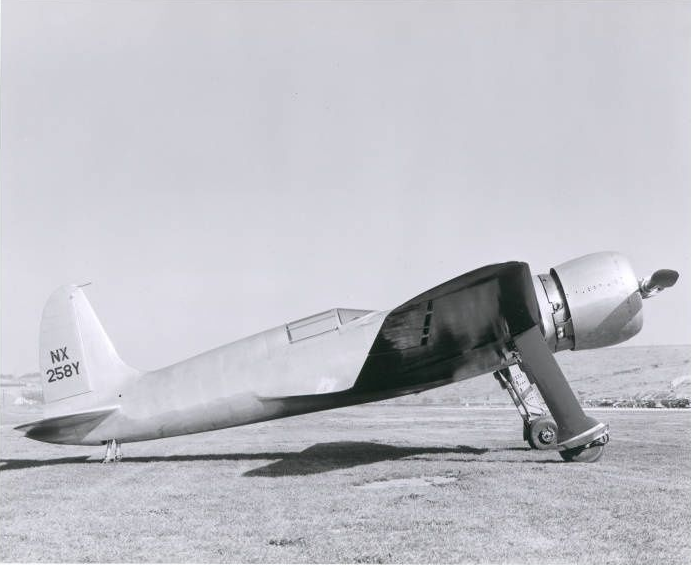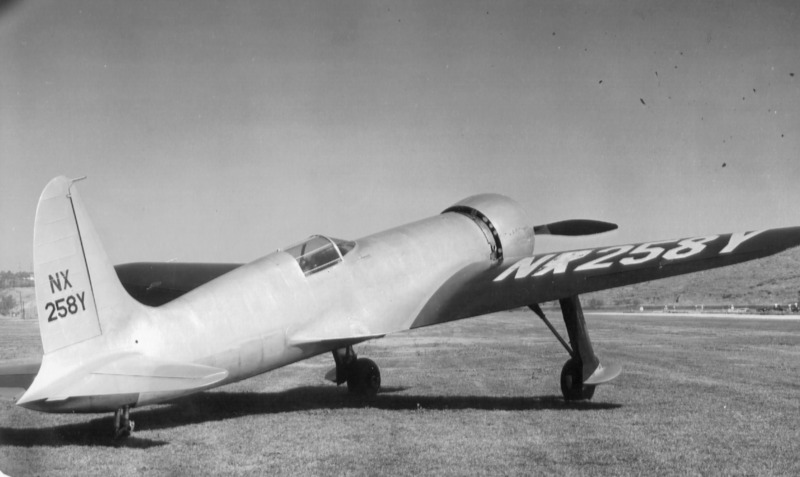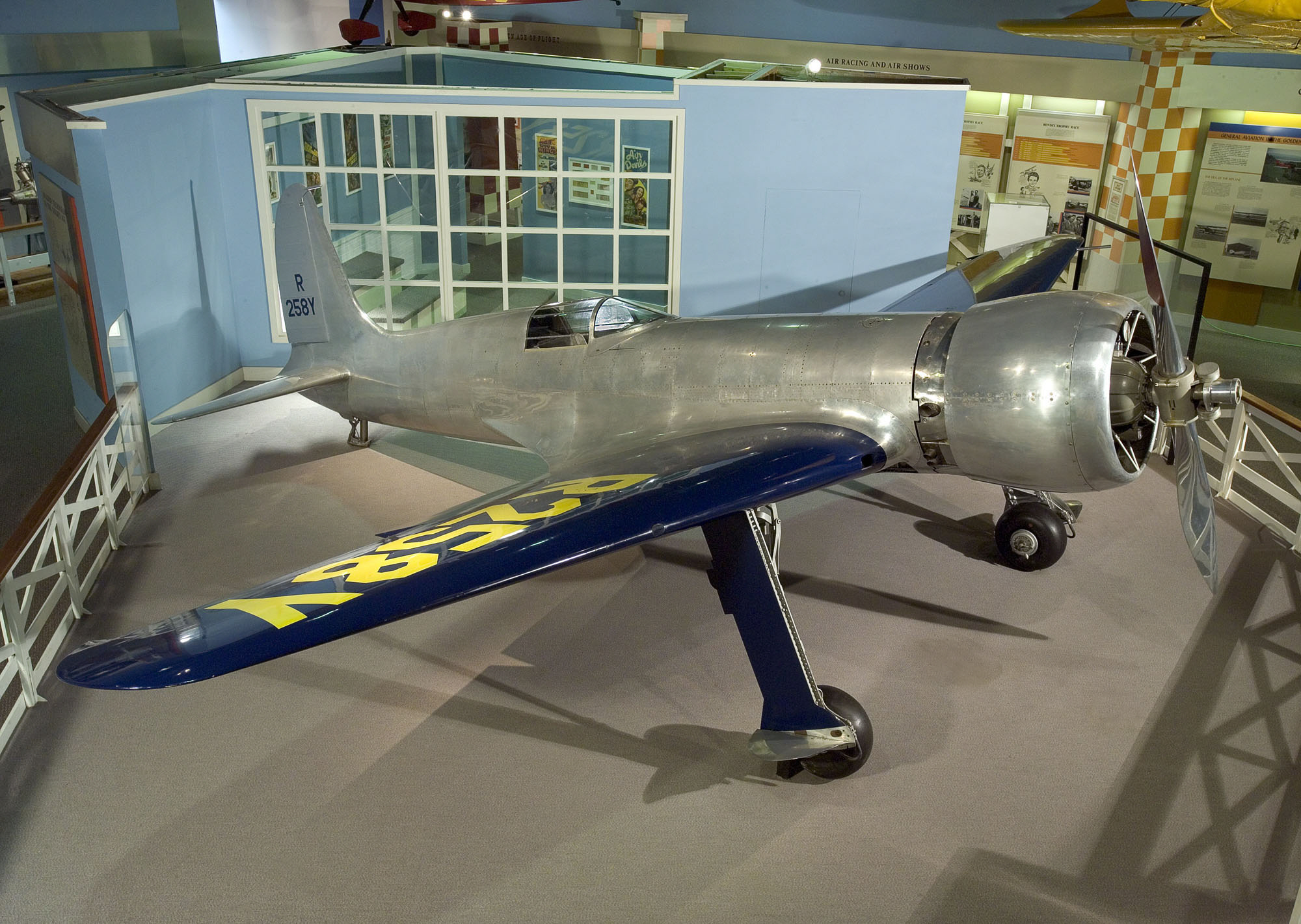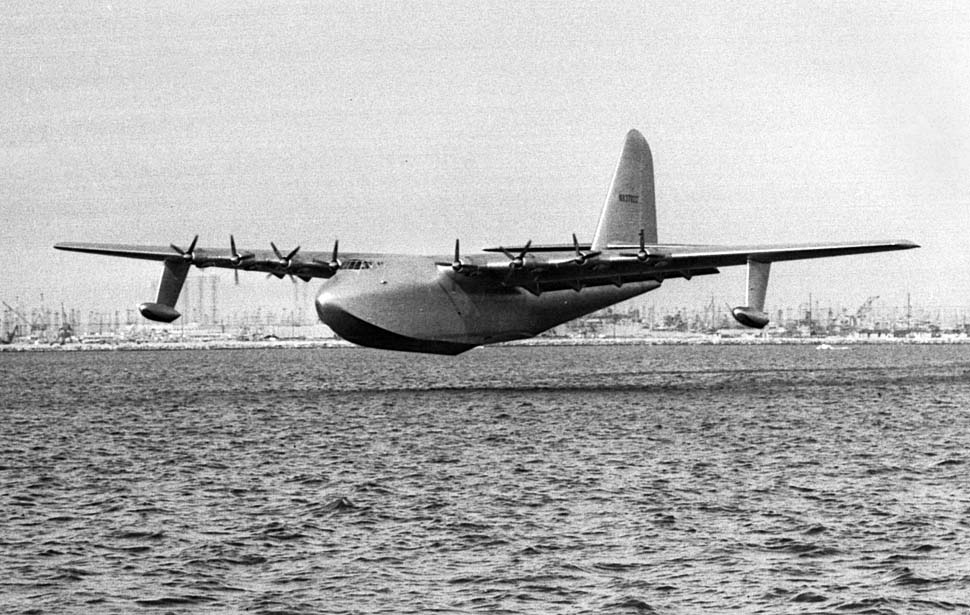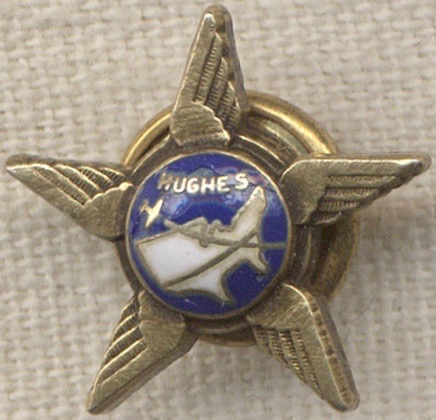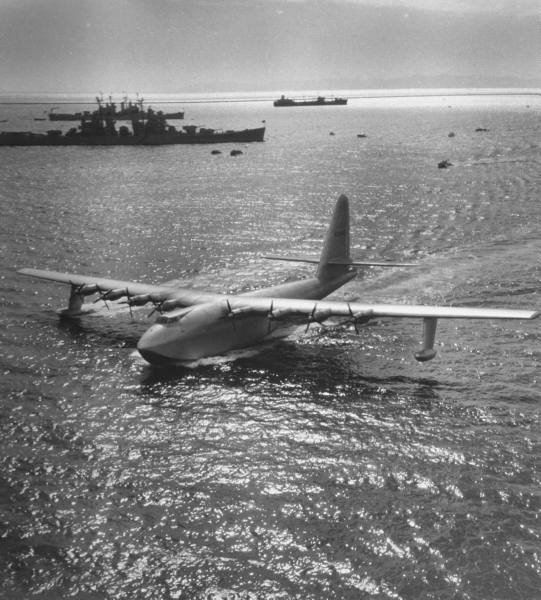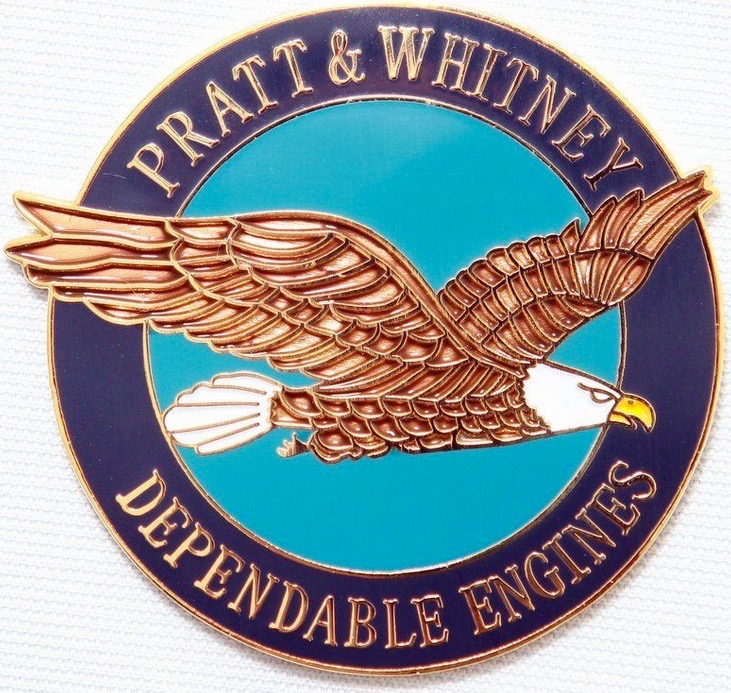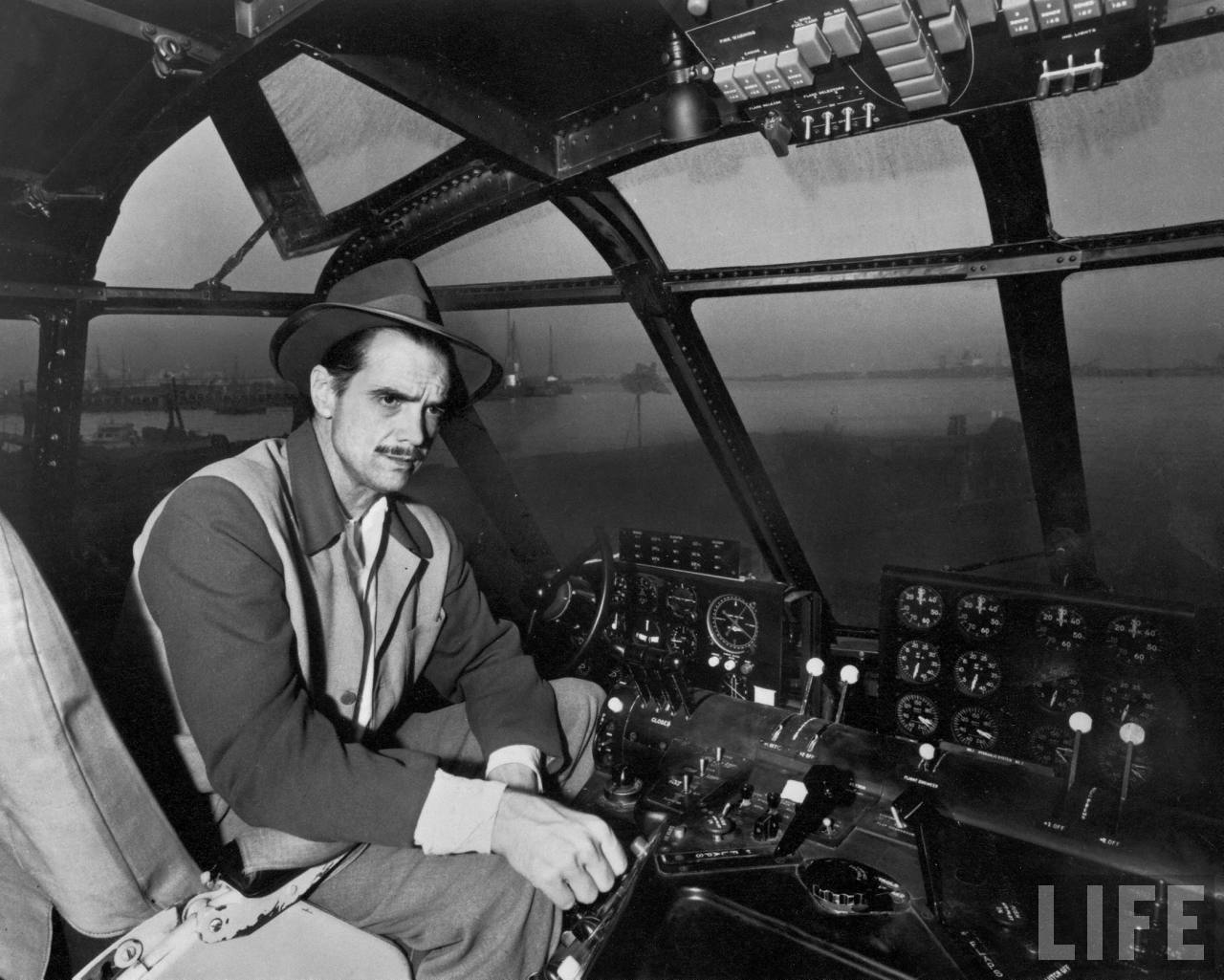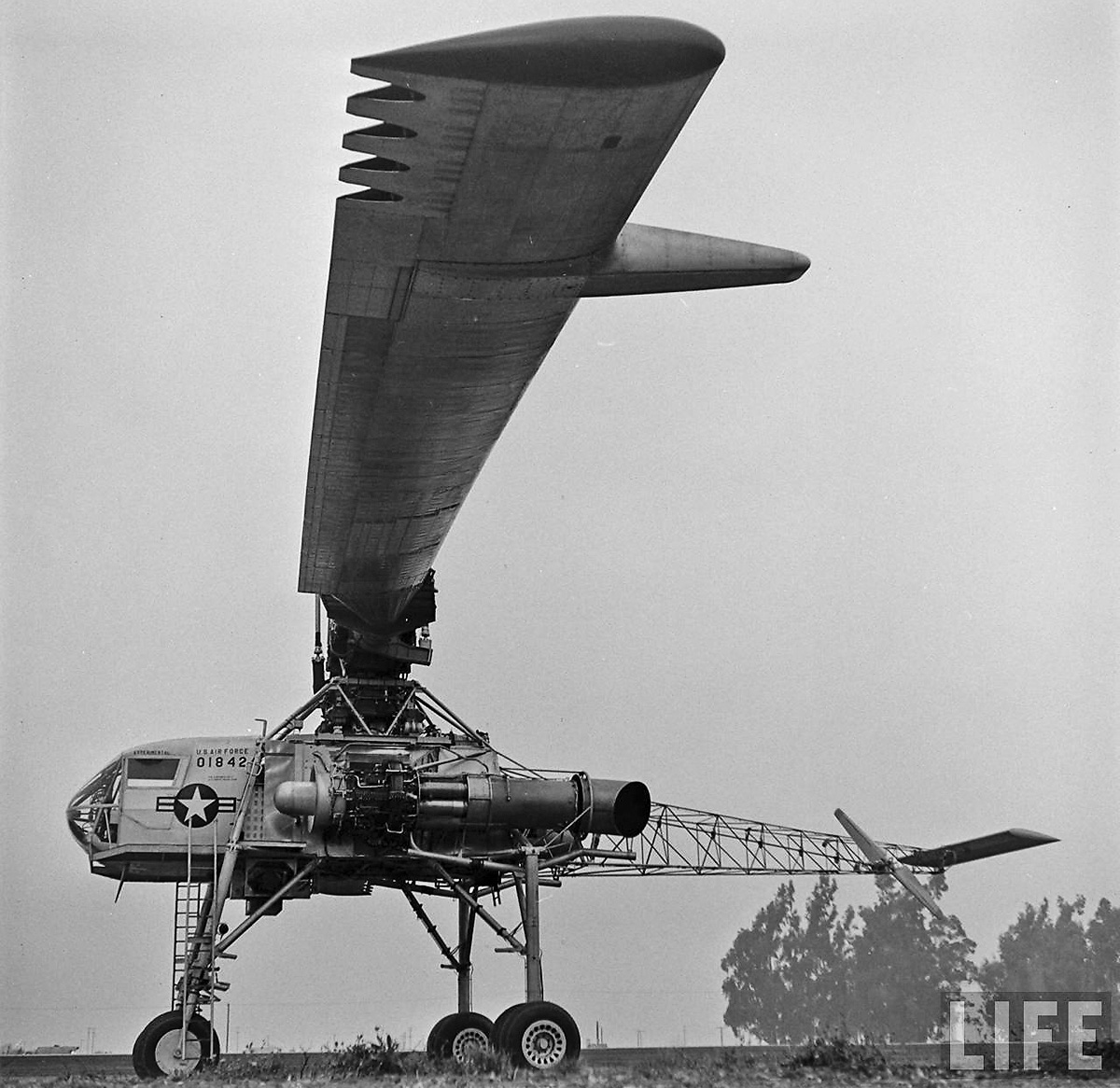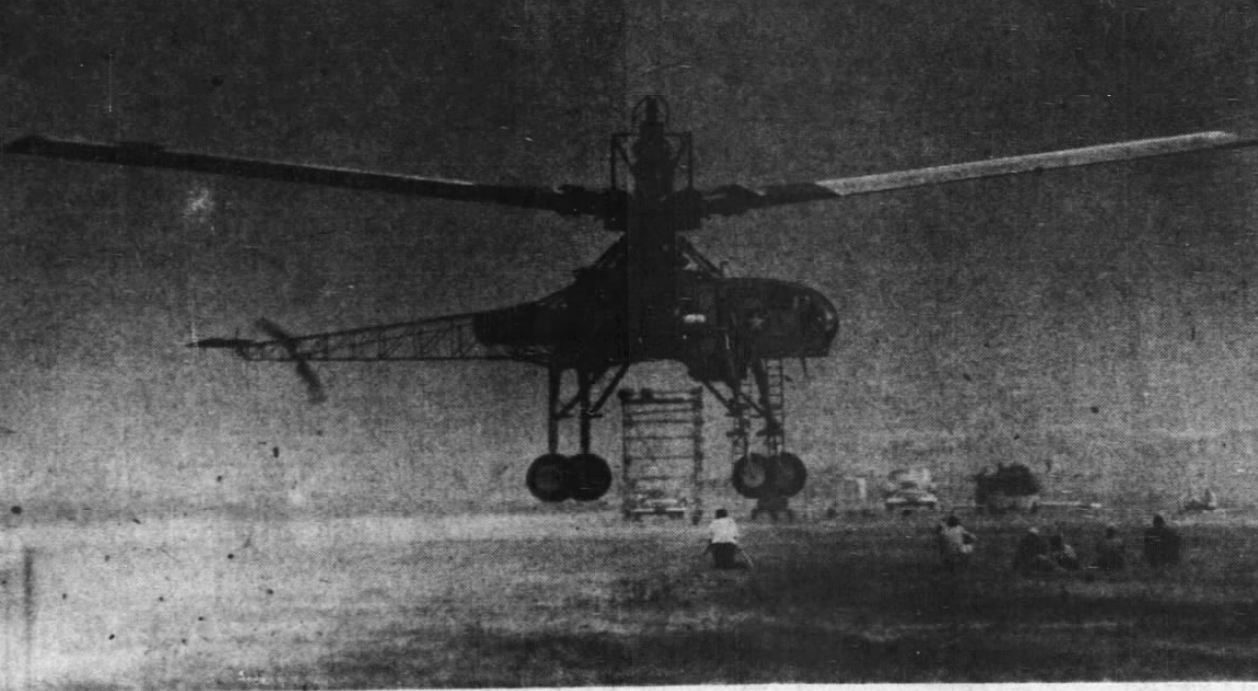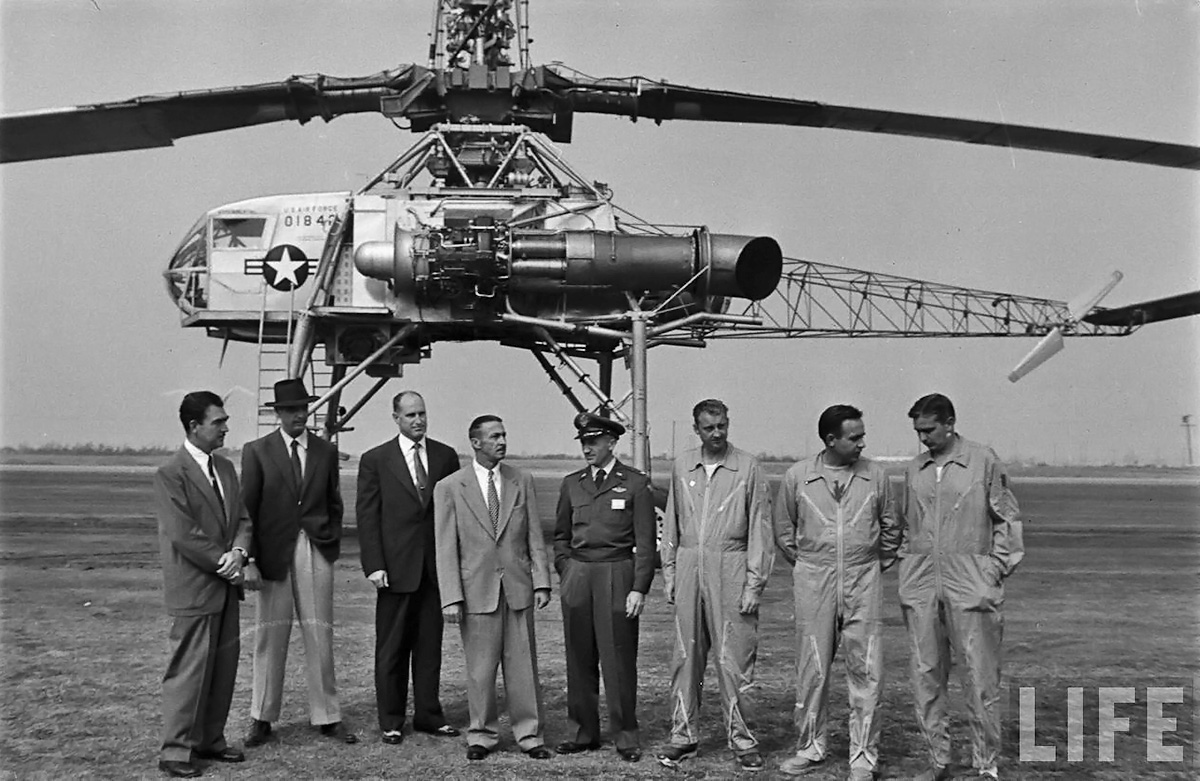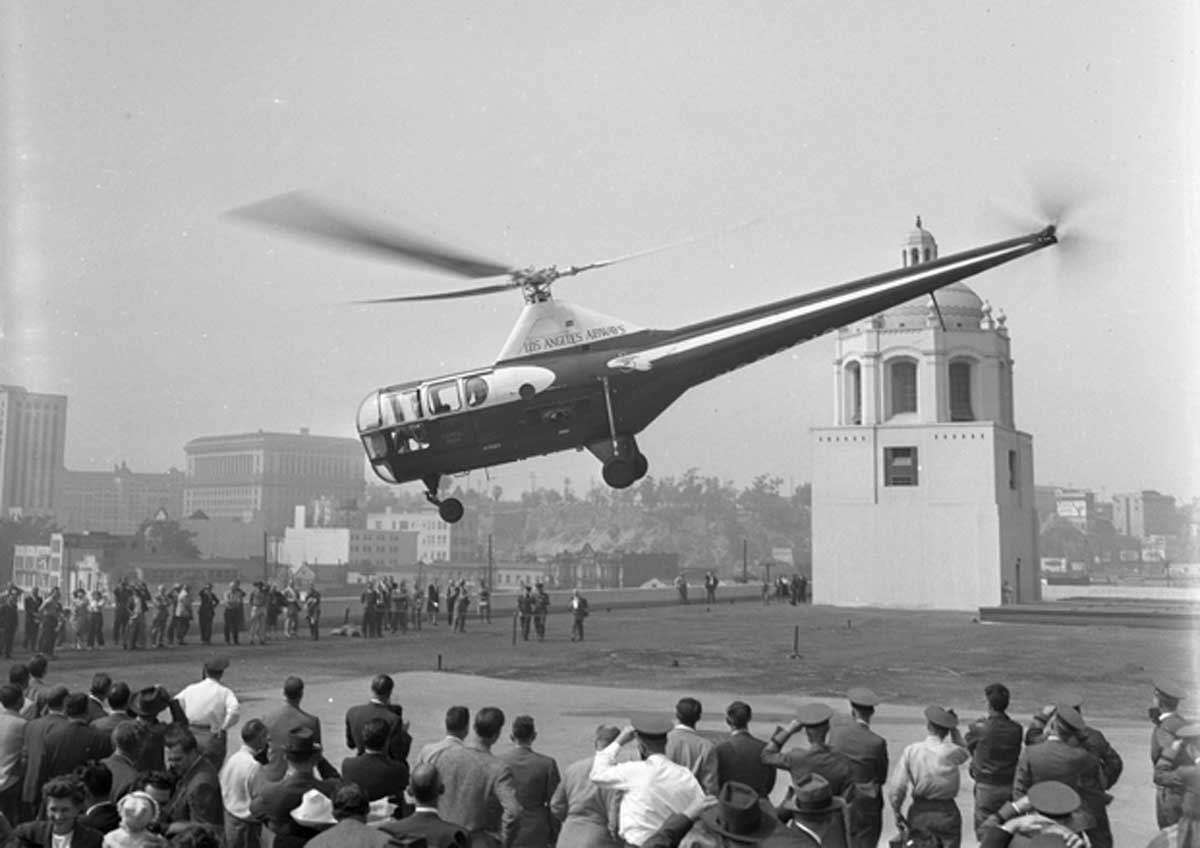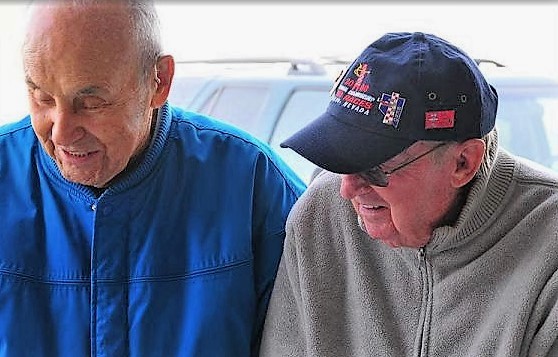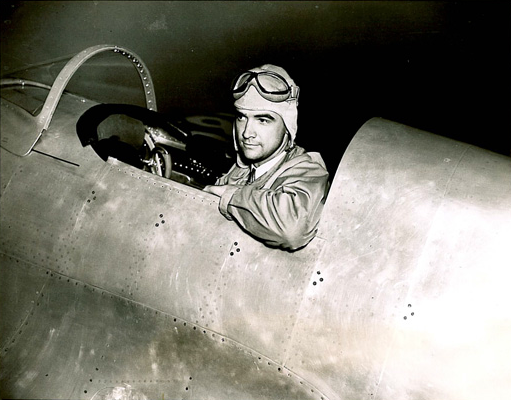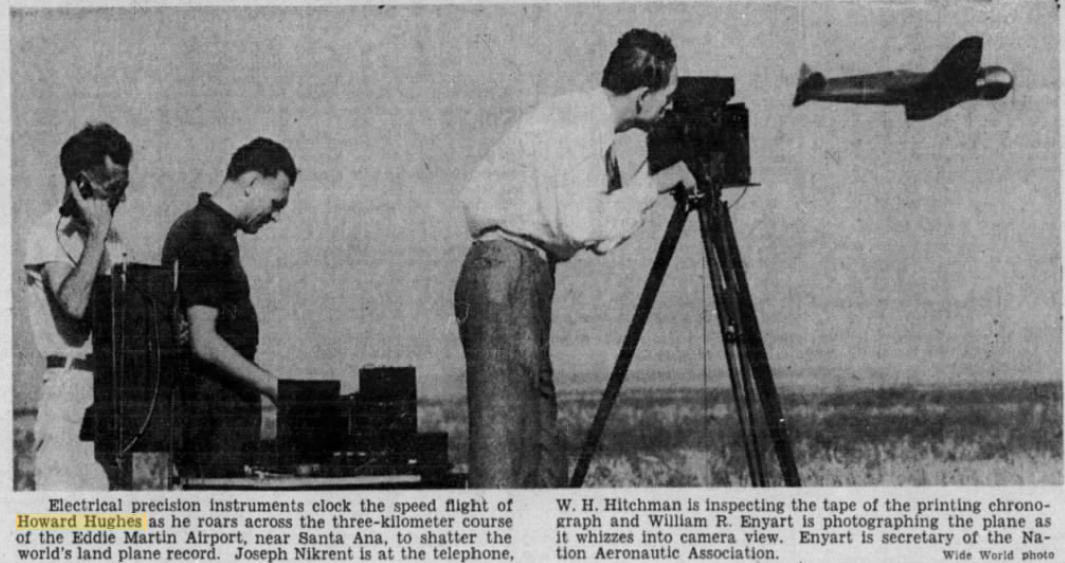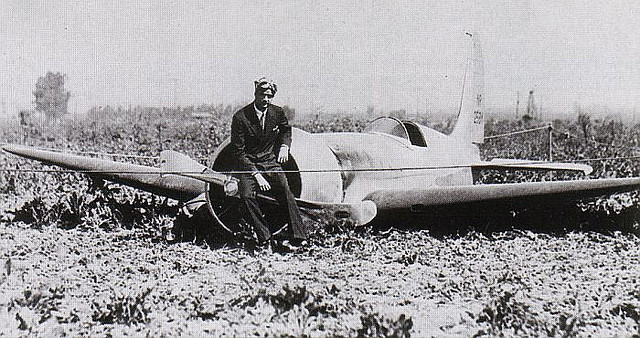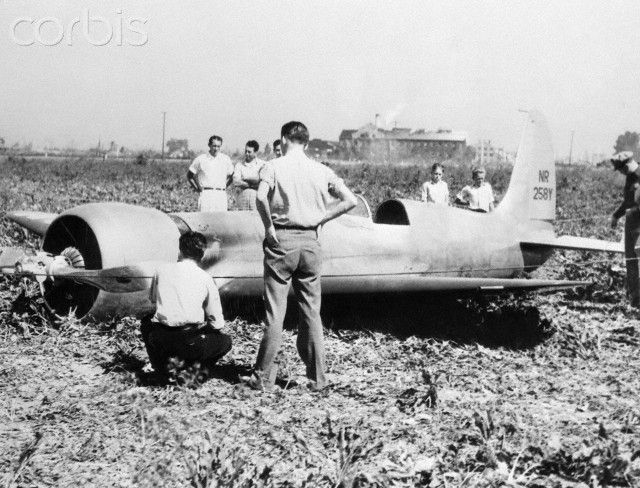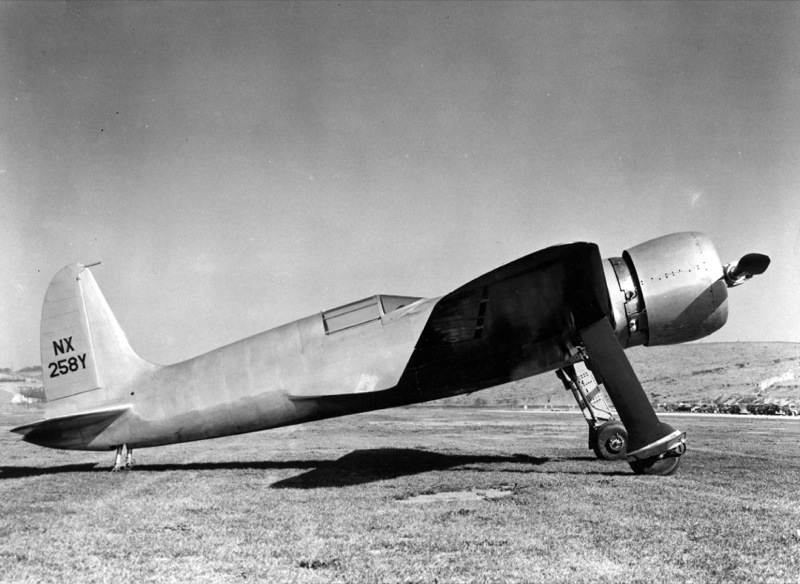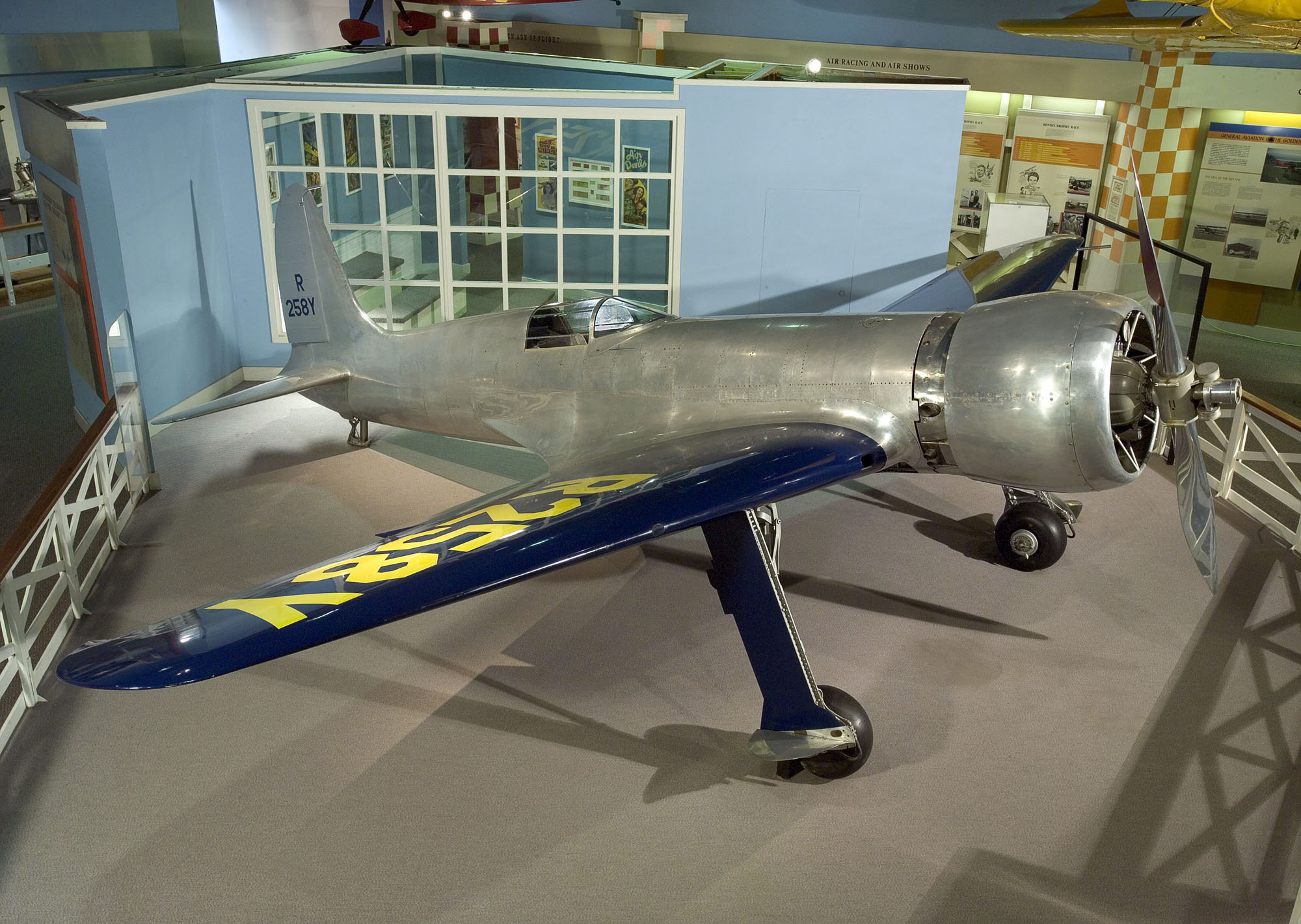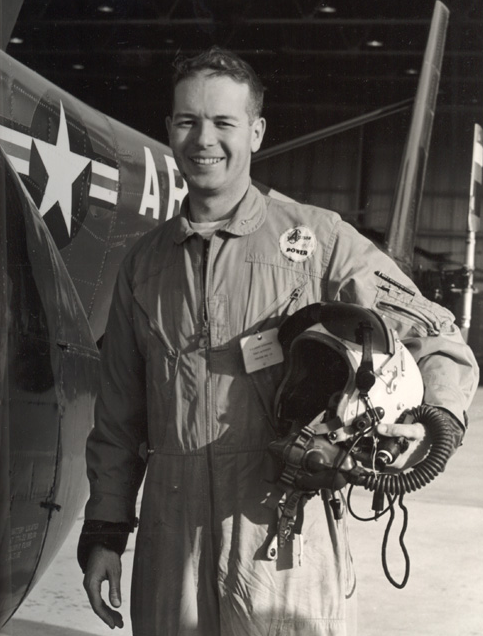

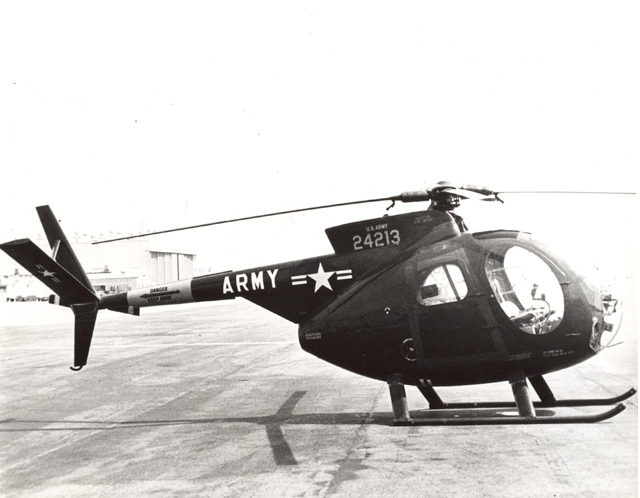
One week earlier, 20 March 1966, Hughes Aircraft Company test pilot Jack L. Zimmerman flew the same helicopter to set another distance record of of 1,700.12 kilometers (1,056.41 miles).² One 27 March, Zimmerman would set six more world records with 62-4213.³
Jack Schweibold wrote about the record flight in his autobiography, In the Safety of His Wings (Holy Fire Publishing, DeLand, Florida, 2005). He was one of a group of military and civilian test pilots selected to attempt a series of world record flights at Edwards Air Force Base, in the high desert of southern California. From 20 March to 7 April 1966, they flew 62-4213 over a series of distances and altitudes.
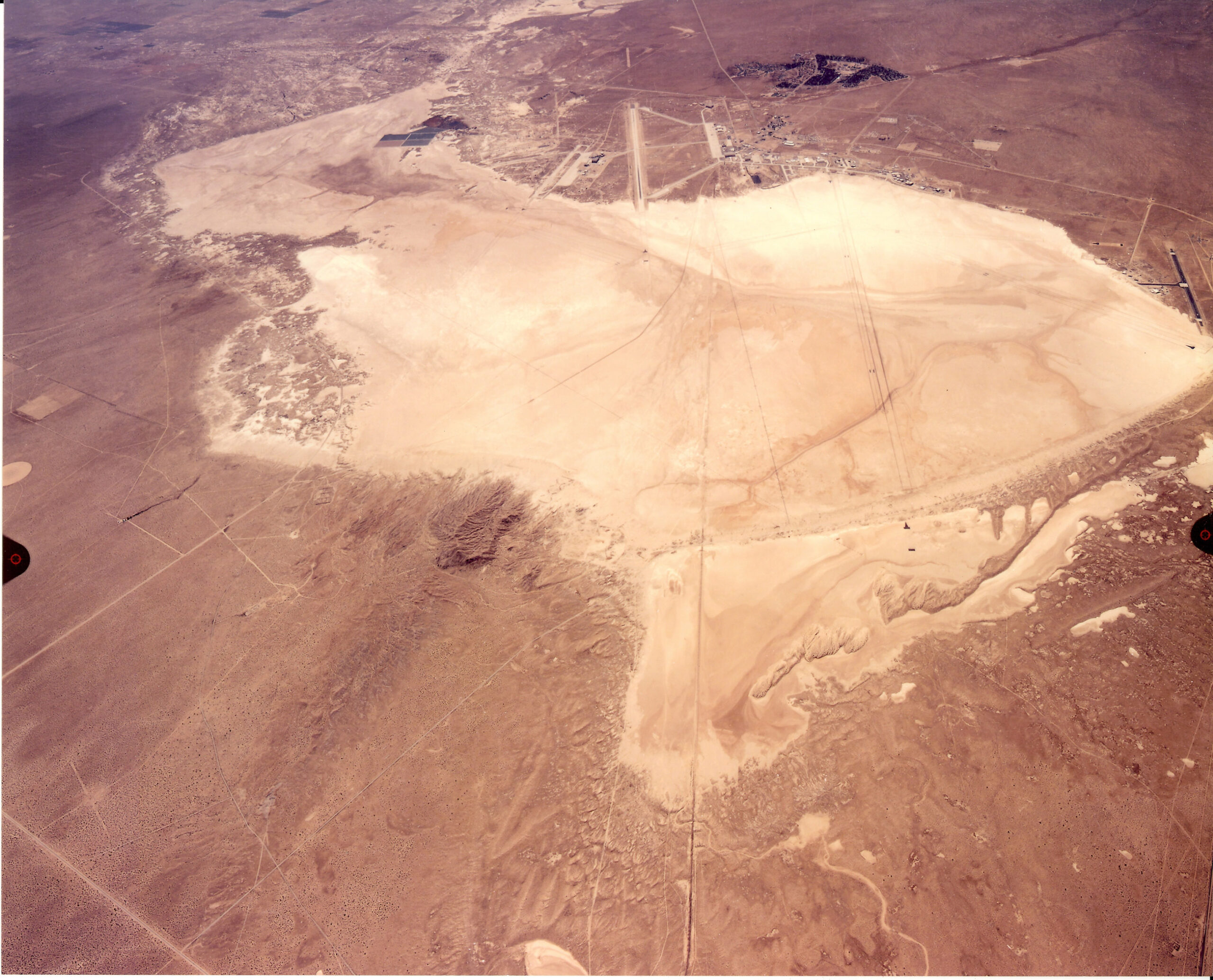
Jack Schweibold’s record attempt began at midnight to take advantage of the cold desert air. The cold-soaked YOH-6A had been fueled with pre-cooled JP-5 in order to get the maximum amount of fuel on board. In addition to the standard fuel tank, two auxiliary tanks were placed in the cabin. The helicopter was so heavy from the overload that it could not hover. Jack made a running take-off, sliding the skids across the concrete until the increasing translational lift allowed the aircraft to break free of the ground. He began a very shallow climb.
Schweibold was flying a 60 kilometer (37.28 miles) closed course, but because of the near total darkness, he flew on instruments and was guided from the ground by Air Force test range radar controllers (Spatial Positioning and Orientation Radar Tracking, call sign SPORT). Accuracy was critical. The attempt would be disqualified if the helicopter cut inside of a pylon—which Jack could not see—but if he flew too far outside, the extra distance flown would not be counted and time would be lost. The maximum range would be controlled by the amount of fuel carried in the three tanks, and by the endurance of the pilot.
Throughout the flight, Jack gradually increased the altitude, as the T-63-A-5 turboshaft would be more efficient in thinner, colder air. He was flying a precisely calculated profile, taking into consideration aerodynamic drag, the efficiency of the helicopter’s rotor system, and the performance characteristics of the engine. He had been airborne for four hours before he climbed through 10,000 feet (3,048 meters).

At 14,000 feet (4,267 meters), Schweibold was on oxygen. He continued through 20,000 feet (6,096 meters) but was having trouble staying alert. (It would later be discovered that there was a malfunction in his oxygen mask.)
On the final lap, at 22,000 feet (6,706 meters) Jack had to fly around a towering cumulus cloud and radar contact was lost. He dived to lose altitude and popped out from under the cloud about a half-mile short of the runway.
When he shut down the engine, Jack Schweibold had flown the prototype YOH-6A 2800.20 kilometers (1,739.96 statute miles), non-stop. His record still stands.
Jack set 30 FAI World Records between 1966 and 1986. 26 of these remain current.
Frederick Jack Schweibold was born at Toledo, Ohio, 8 November 1935, the son of Henry E. and Jeanette Schweibold. He attended Ohio State University and majored engineering. He had enlisted in the United States Naval Reserve in 1952 and then joined the United States Air Force as an Aviation Cadet in 1954.
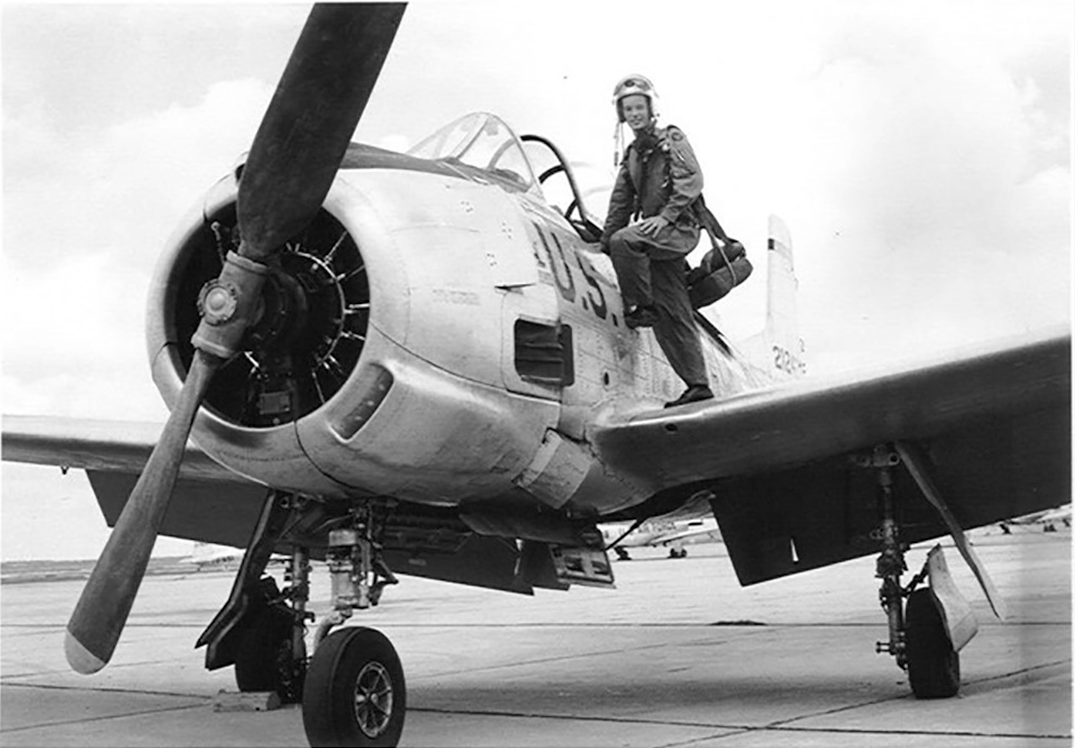
Schweibold went through pilot training at Randolph Air Force Base, San Antonio, Texas, flying the T-34 and T-28. He went on to train in the B-25 at Reese Air Force Base, Lubbock, Texas. He was commissioned as a second lieutenant and received his pilot’s wings in July 1957. In a momentary decision, he selected helicopter training.
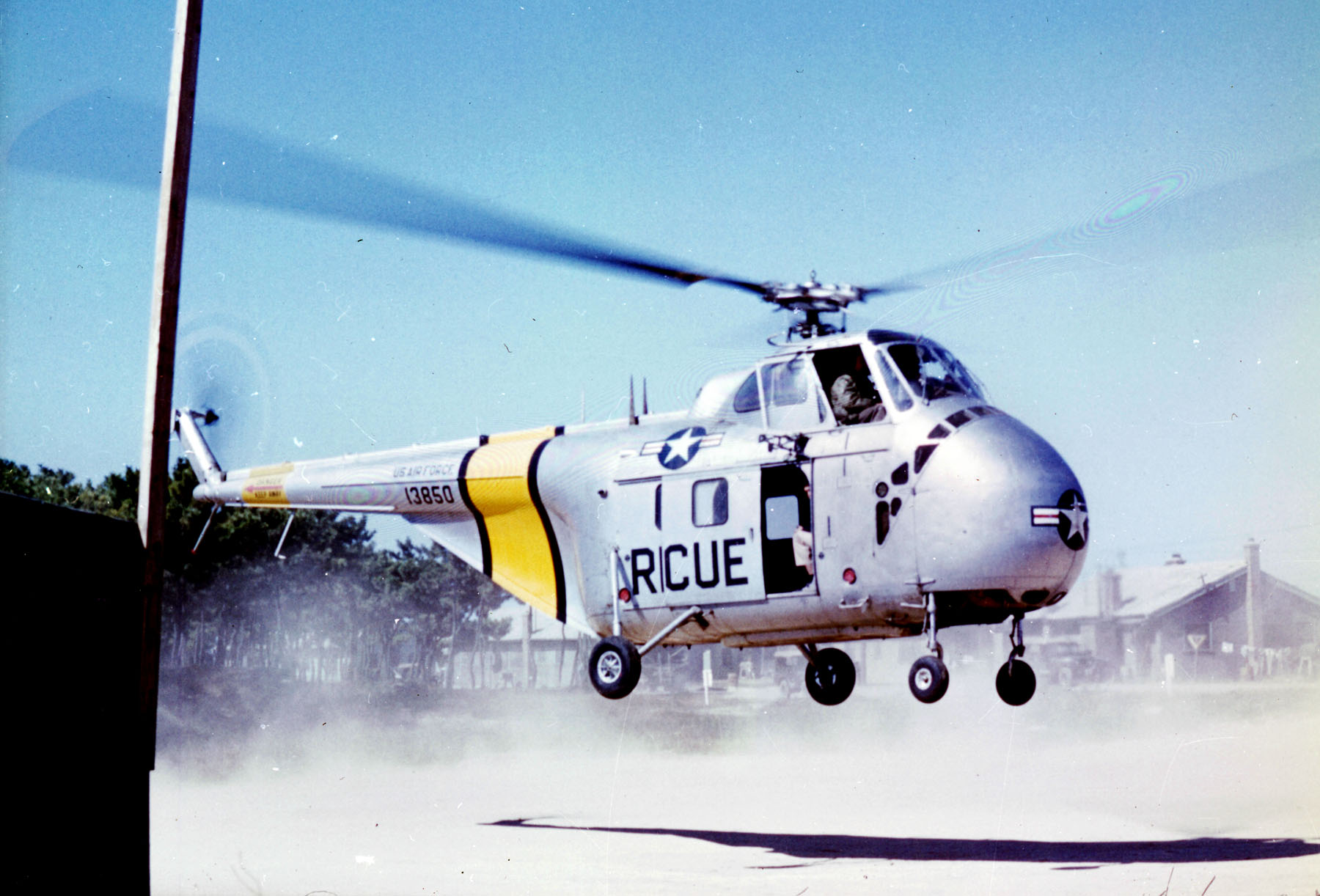
Frederick Jack Schweibold married Miss Sharon Crouse at Toledo, Ohio, 27 December 1957.
Lieutenant Schweibold flew the Sikorsky H-19B for the U.S.A.F. Air Rescue Service, assigned to Oxnard Air Force Base, California. (The airfield is now Camarillo Airport, CMA, where I first soloed, and is about ten miles away from my desk.)
After leaving the Air Force, Jack flew Sikorsky S-55s for Chicago Helicopter Service, then Bell 47s for Butler Aviation. In 1960, he was hired by the Allison Division of General Motors as a test pilot and engineer for the new 250-series turboshaft engine.
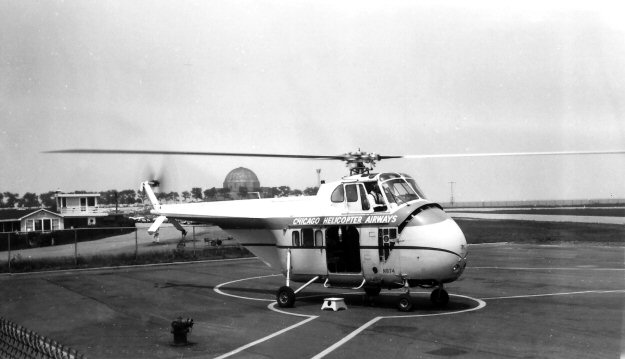
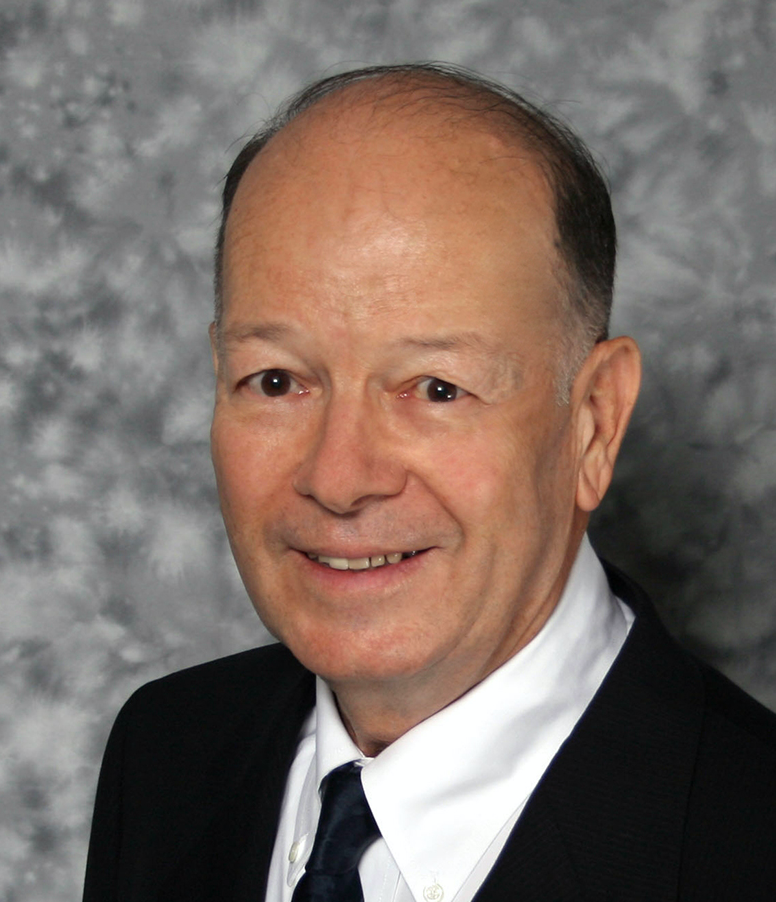
Jack Schweibold is the author of In The Safety Of His Wings: A Test Pilot’s Adventure, published in 2005.
I had the good fortune to have known Jack Schweibold. I first met him through his involvement in the Helicopter Association International’s biennial flight instructor re-certification seminars, held during the HAI’s annual conventions. He kept the seminar classes on track, and in between, was always available for questions. Jack was the authority on Allison’s 250-series turboshaft engines, and over the years I often called him for technical information and operational advice. On top of that, Jack Schweibold was just an all-around nice guy. It was a pleasure to know him.
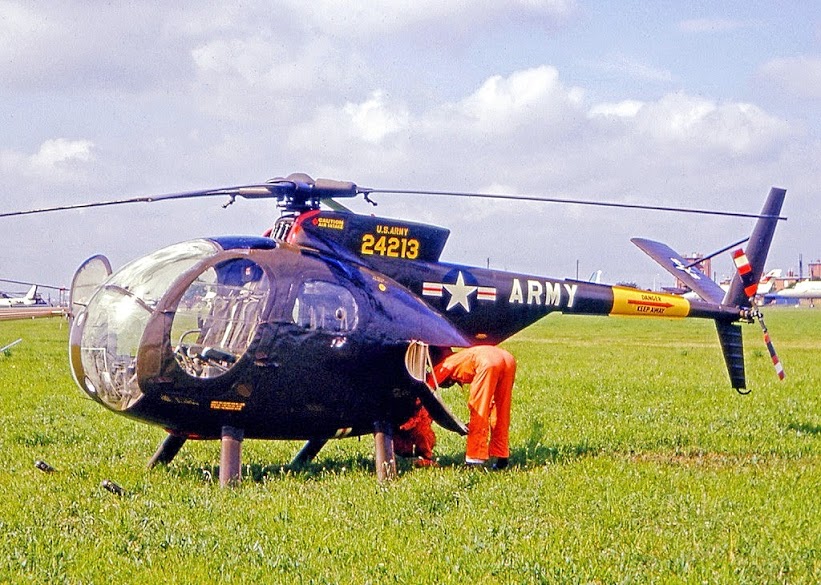

The YOH-6A was a two-place light helicopter, flown by a single pilot. It had a four-bladed, articulated main rotor which turned counter-clockwise, as seen from above. (The advancing blade is on the helicopter’s right.) Stacks of thin stainless steel “straps” fastened the rotor blades to the mast and also allowed for flapping and feathering. Hydraulic dampers controlled lead-lag. Originally, there were blade cuffs around the main rotor blade roots in an attempt to reduce aerodynamic drag, but these were soon discarded. A two-bladed semi-rigid tail rotor was mounted on the left side of the tail boom. Seen from the left, the tail-rotor rotates counter-clockwise. (The advancing blade is on top.)
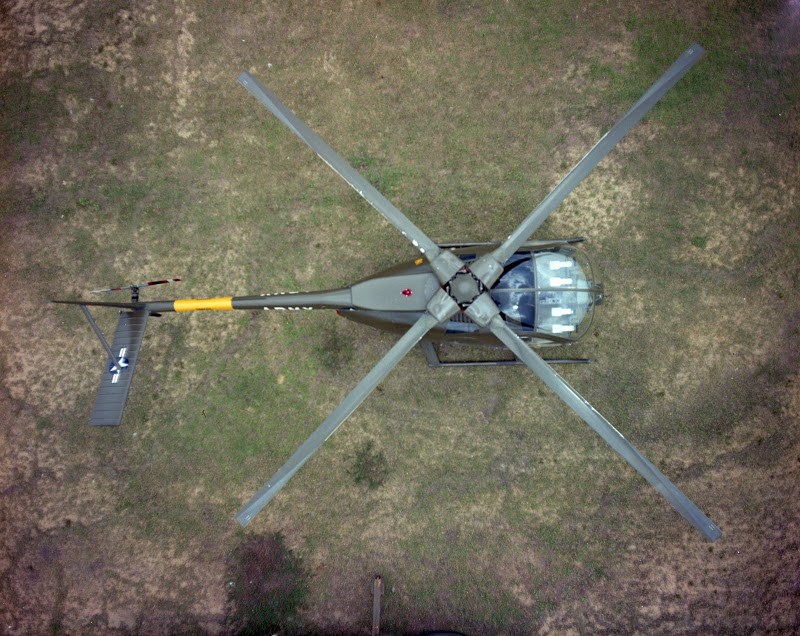

The Hughes Tool Company Aircraft Division built 1,420 OH-6A Cayuse helicopters for the U.S. Army. The helicopter remains in production as AH-6C and MH-6 military helicopters, and the MD500E and MD530F civil aircraft.
Hughes YOH-6A 62-4213 is in the collection of the United States Army Aviation Museum, Fort Rucker, Alabama.
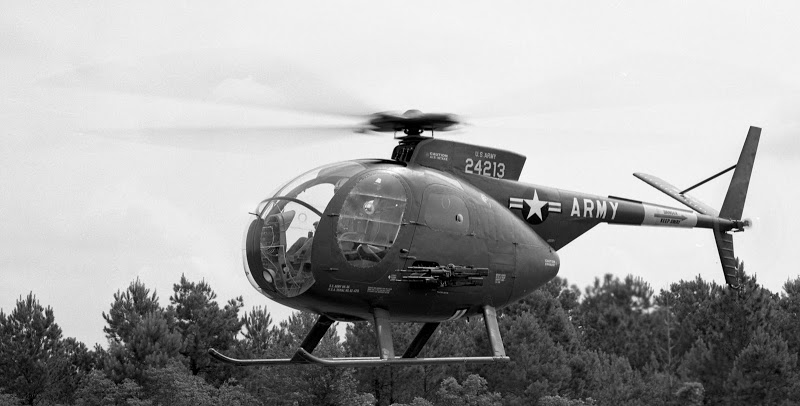
¹ FAI Record File Numbers 786, 787 and 11656
² FAI Record File Number 762
³ FAI Record File Numbers 771, 772, 9920, 9921, 9922, and 9923
© 2019, Bryan R. Swopes
